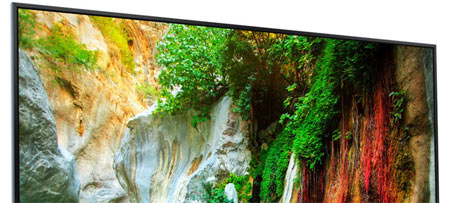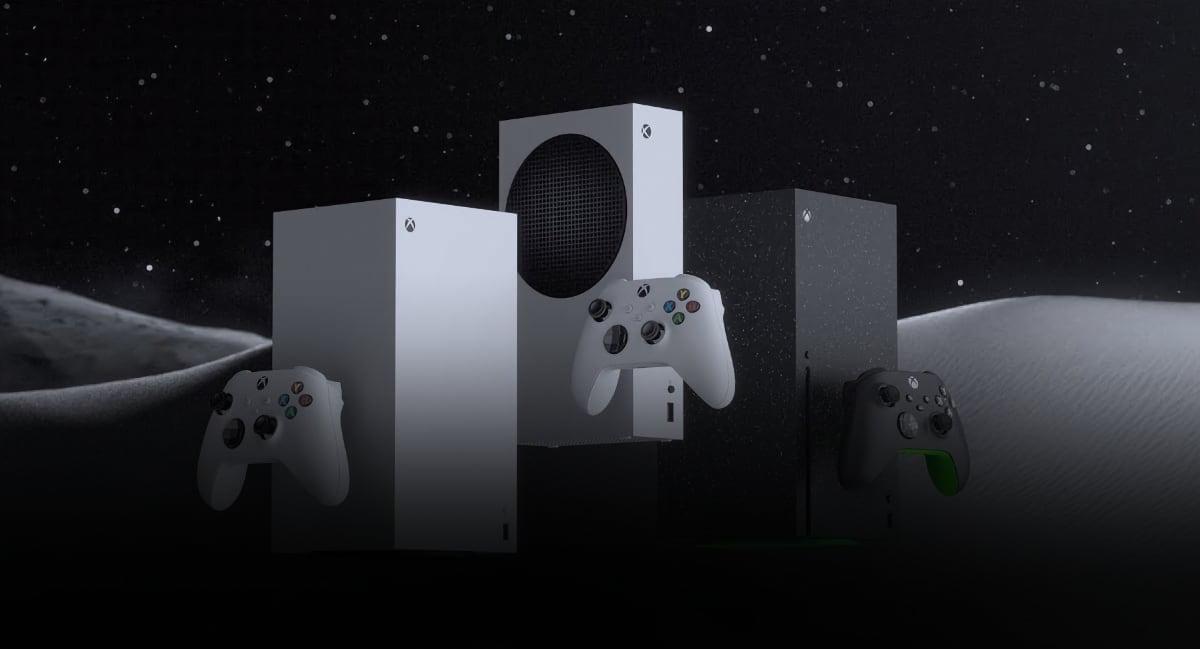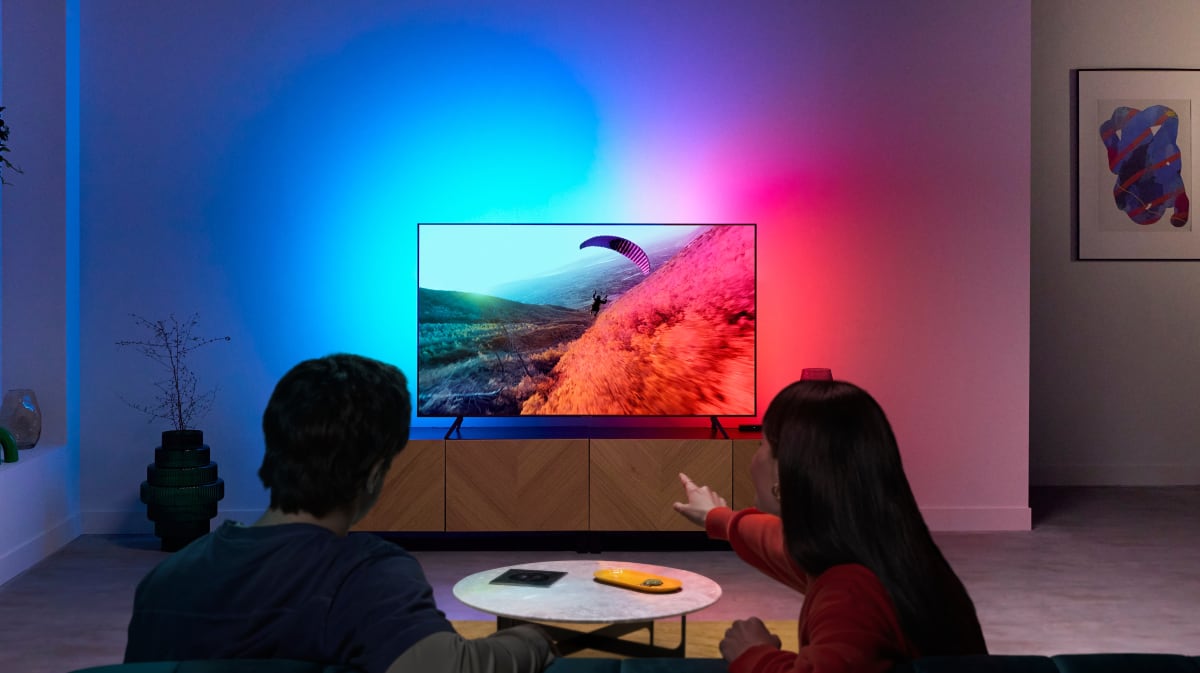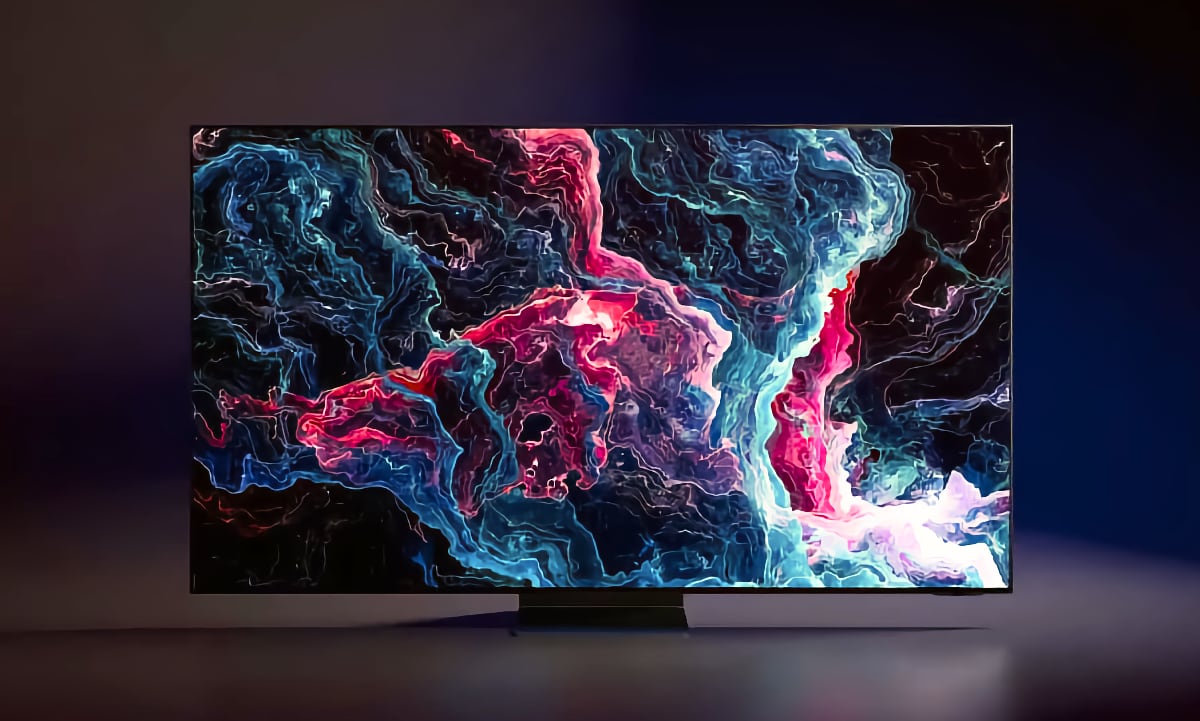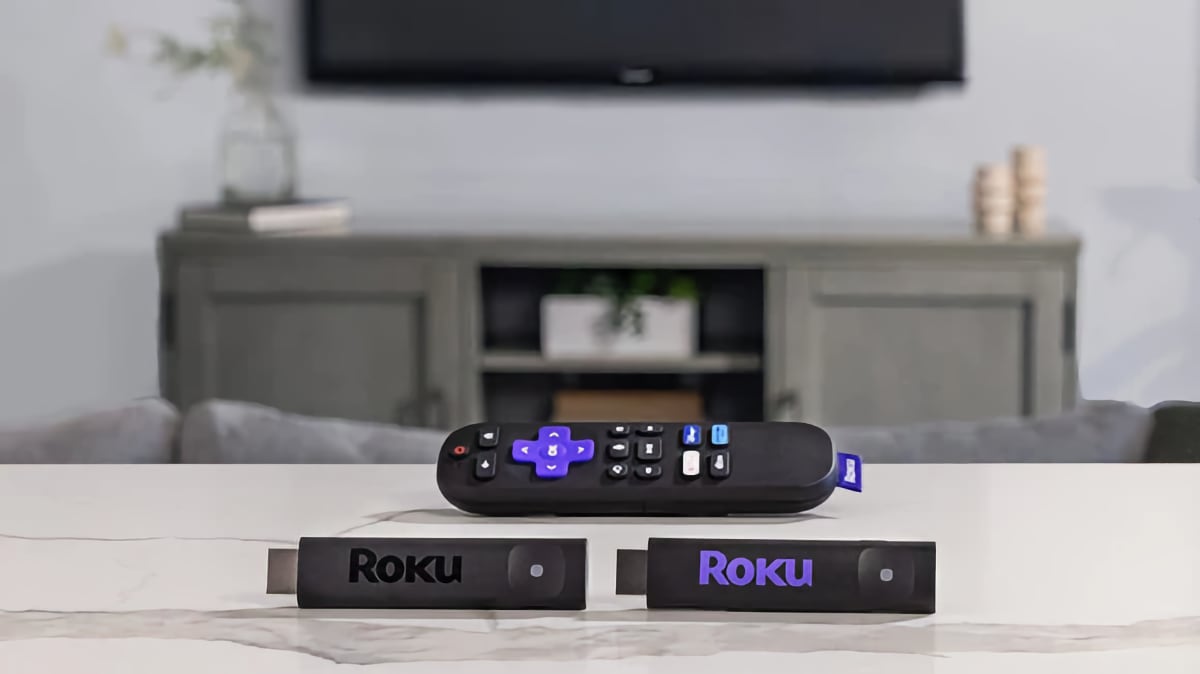Panasonic has developed a new type of the existing IPS LCD panel that it claims can achieve a contrast ratio of “over 1,000,000:1”, which is 600 times that of regular IPS LCD panels. It is ideal for HDR, says Panasonic.
Improved LCD technology
Of the three types of LCD panels (VA, IPS, TN), IPS has the weakest blacks and contrast by far. Most IPS LCD TVs and monitors we review here on FlatpanelsHD come in at around or under 1000:1 in contrast ratio.
That is what makes Panasonic’s claim of “a contrast ratio of over 1,000,000:1” so remarkable. That would drastically improve picture quality on for example TVs. It is not as high as on OLED but close.
Panasonic believes that the new panel is ideal for High Dynamic Range (HDR). It can achieve maximum brightness of 1000 cd/m2 and a black tone of 0.001 cd/m2, making it capable of reproducing pictures “ranging from dazzling light to pitch-black”.
The company is hoping to employ the new panel in “broadcasting stations and video production studios” as well as other “professional-use” applications but the press release also highlights a 55-inch variant (as seen below). Of course, a panel like this would be very competitive in the TV arena but Panasonic refrains from mentioning TVs explicitly.
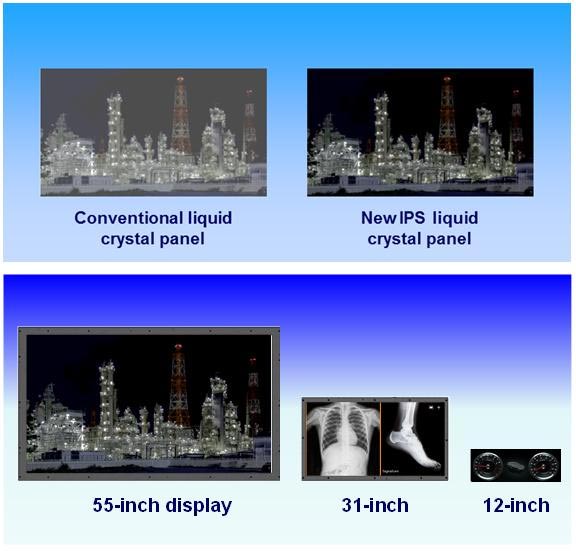
Light-modulating cells
Panasonic explains that it is utilizing “light-modulating cells” in addition to liquid crystal cells. The challenge with LCD today is that the liquid crystals and polarizers in each pixel cell cannot adequately block light from the backlight unit, and is, as a result, unable to reach deep blacks and high contrast.
The light-modulating cells are placed between the backlight unit and the liquid crystal pixel matrix. This permits “pixel-by-pixel control of backlight intensity”, says Panasonic. However, it will also be more expensive to produce.
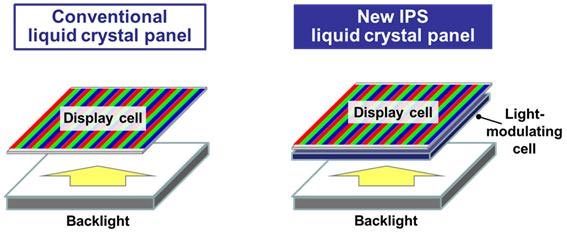
Panasonic’s display division, Panasonic Liquid Crystal Display, says that the panels will be produced at its “8.5th-generation production lines that are capable of manufacturing 10- to 100-inch products”. Sample shipments will start in January 2017.
- Source: Panasonic

